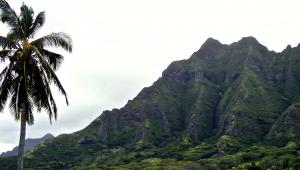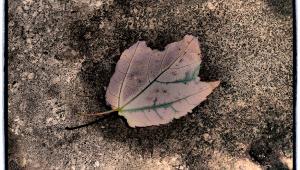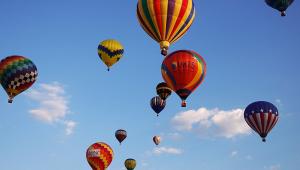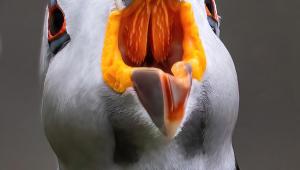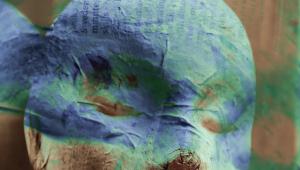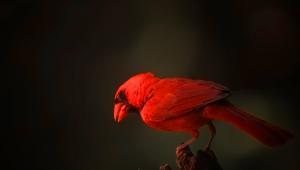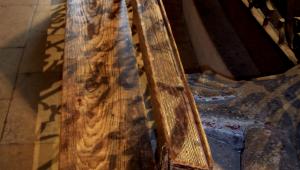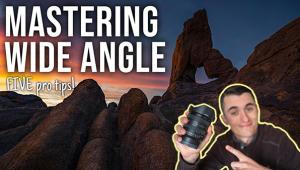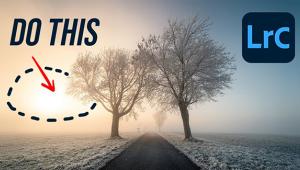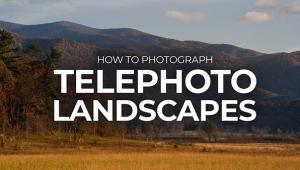Local Color; David Middleton’s Advice To Outdoor Photographers: Stay Home Page 2

And even salable. "If your expectation is to present your images in slide shows or galleries or submit them to magazines, newspapers, books, or calendars, the last thing the people who buy pictures want to see is the same picture over and over again. We don't need to see another picture of the bear about to catch the salmon in his mouth. You may go up to Alaska and get excited about taking that picture of the bear and the fish--that's great, but don't think that because you've done it, you're now going to be able to sell it or people are going to be surprised by it. We've seen it a million times. What we haven't seen is your local park, the stream that runs through your town, the views you see every day."
The Roads Traveled
David grew up in the Northeast, and knew Vermont well; he'd skied and
hiked there. When he moved back to the Northeast from Colorado some six years
ago and settled in Vermont, he got a gazetteer of the state and started driving.
"I deliberately went down roads I didn't know," he says. "I'd
see something that looked good--a barn, a river bend, a pond, or pasture
and I'd mark it on the map. Then I looked at the map and saw the areas
that were unmarked and I went to those." He spent about four years traveling
the state for his book The Nature of Vermont. While traveling he kept track
of all the different sights, and he was able to produce, pretty much at the
same time, The Photographer's Guide to Vermont, the first of the Guide
titles, from which the photos here are taken.
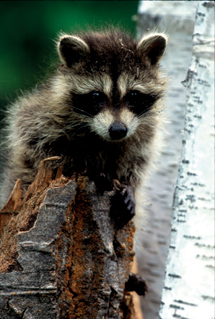
David suggests that if you're a photographer with a love
of the outdoors, the guide idea makes a great self-assignment, one you can pursue
all year-round, and one that will make you more observant and a better photographer.
"You'll also become more appreciative of what's close by,"
he says. And you'll become an explorer, too. "As you get past the
most familiar things, you'll start to find places and locations you didn't
know that much about." When he traveled Vermont, he compiled a mental
shot list. "Well, I thought, I need the highest mountain, the main rivers,
all the classic stuff. Then I started going deeper. I need the mountain in all
four seasons. I need the details of the landscapes. A deeper experience is more
gratifying creatively because you're not just skimming the surface, you're
getting the more interesting, more complex photos--the mountain with a
barn in
front, or looking through the barn door at the mountain."
Self-discovery and satisfaction are the rewards, but there's always the
chance of local commercial success and recognition. "There are opportunities
to display your photos--shops, restaurants, libraries, hospitals, chambers
of commerce, realtors--or even sell them," David says. "If
you have professional aspirations, the way to get an income stream going is
to do it locally. There are local magazines or newspapers and local nature and
environmental groups that can use your photos.
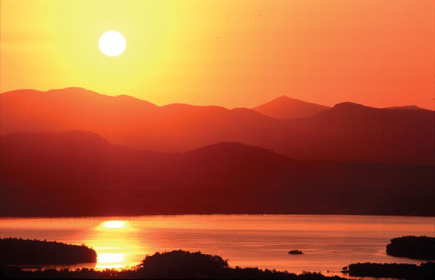
"And no matter why you're taking the pictures, think about who's
competing with you in, say, Centerport, New York?" David says, using the
town in which I live as an example. "Am I? Is Art Wolfe? Is John Shaw?
Not only do you have expertise, you have an exclusive. Go up to Alaska to photograph
the bear catching the salmon and who's competing with you? Everyone."
He's right. Everyone knows where to stand to get the picture of the bear
and the fish. But where to stand on the Centerport peninsula to get the photograph
of Northport harbor blurred by fog, the town a ghost in the background? That
one, I know.
Note: Photographs from David's travels near and far are featured at his website, www.davidmiddletonphoto.com. There is also information about his workshops, books and current projects, photo tips and techniques, and even advice about going pro.
- Log in or register to post comments

